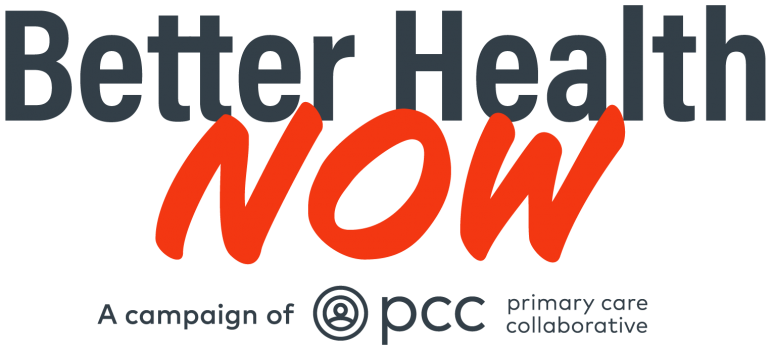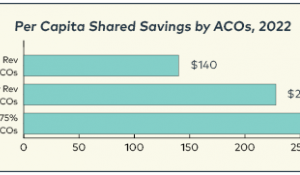Primary Care Matters
Patients want healthcare that puts them first.
Primary care is the answer.
Research has consistently shown that high-quality primary care supports healthier lives, lower costs, and better access to the care we need – no matter who we are or where we’re from. As the United States continues to grapple with the effects of COVID-19, rising healthcare costs, and wide gaps in health outcomes between communities, investing in a healthcare system that advances whole-person health is critical.
Too many people in the United States do not have access to primary care, or miss out on needed preventive care services. One in five U.S. residents has no usual source of healthcare, and those who don’t often use emergency departments instead.
The United States consistently fails to invest enough in primary care despite evidence that increased primary care services lead to better health. The United States devotes just 5-7% of health care spending to primary care—considerably less compared to other high-income countries with better health outcomes—even though primary care consistently delivers better outcomes and reduced disparities. One recent study shows that more primary care physicians and more evaluation and management visits with PCPs leads to greater success within high-performing care models.
A 2024 report from the Milbank Memorial Fund and The Physicians Foundation on the state of our nation’s primary care found that:
Investment has declined over the past 10 years, despite increases in insurance coverage.
The number of primary care clinicians on a population basis is dwindling.
There is almost no federal funding dedicated to primary care research.
Now is the time for policymakers to invest in high-quality, primary care.
Better health starts with understanding what makes primary care good for patients. Person-centered, accessible, and equitable primary care can help provide patients with better health.

Members of Primary Care Collaborative represent primary care clinicians, practices and professional societies, patient and consumer advocates, health equity and community advocates, health plans, and other stakeholders who want to improve the health of our communities through primary care.
Better Health – Now is comprised of PCC Executive Members and additional campaign supporters. PCC is the only national multi-stakeholder organization focused on whole-person primary care. PCC operates as a convener and leader in the primary care community to bring together its current members and other key healthcare and patient-oriented stakeholders to push for payment reforms in primary care with a unified voice.
Watch the launch webinar Join Better Health – NOWThe Shared Principles of Primary Care
More than 350 diverse organizations support these shared principles of primary care , which guide PCC and the work of Better Health – Now.

Join Better Health – Now to strengthen primary care for all patients.
Learn More & SupportSecondary menu
Copyright © 2024 Primary Care Collaborative



